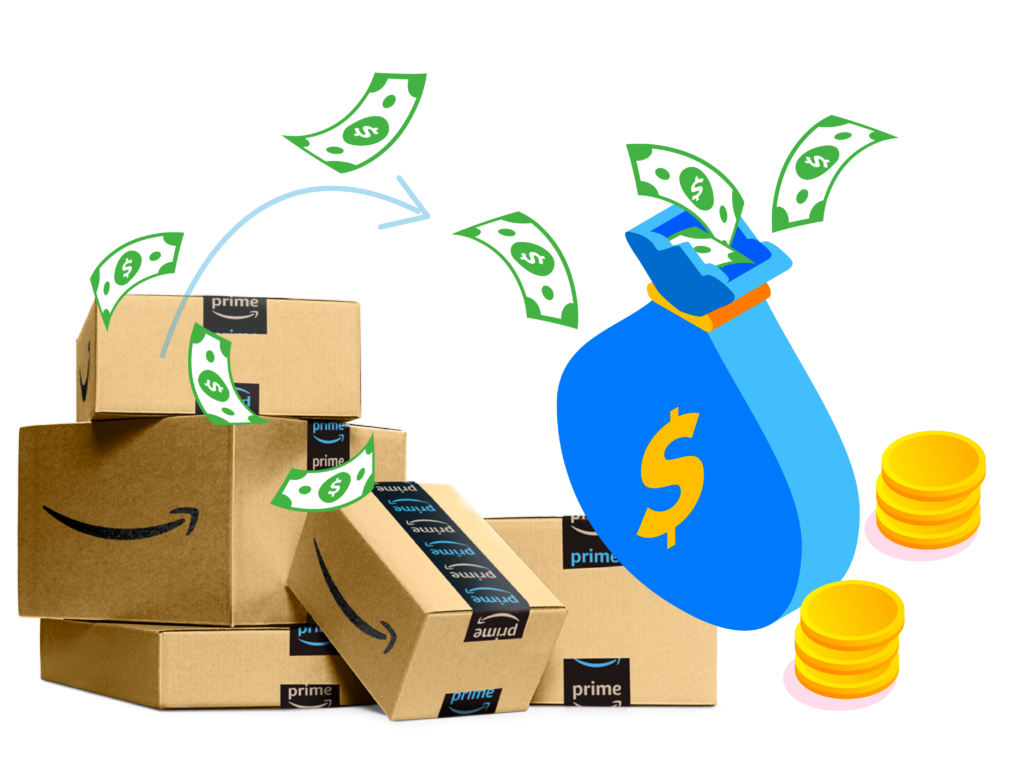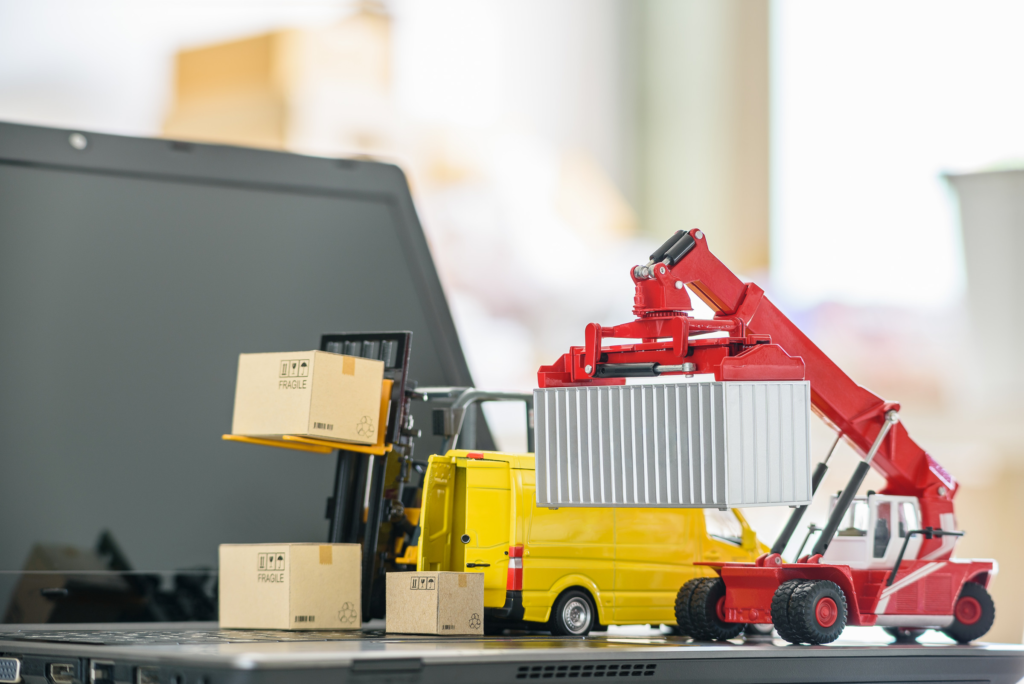Amazon FBA cost (Fulfillment by Amazon) is a program that allows sellers to store their products in Amazon’s fulfillment centers. Amazon then handles the storage, packaging, and shipping of the products to customers, as well as customer service and returns. This can save sellers time and resources, allowing them to focus on other aspects of their business.
However, it’s important for sellers to understand the costs associated with using Amazon FBA. In this article, we’ll break down the various fees and charges that sellers may incur, including fulfillment fees, referral fees, and other fees. We’ll also provide tips on calculating FBA costs and reducing expenses.
In addition, we’ll compare the costs of Amazon FBA with FBM (Fulfillment by Merchant), another fulfillment option available to sellers. We’ll discuss the pros and cons of each option and provide strategies for maximizing profits on Amazon FBA.
By the end of this article, you’ll have a comprehensive understanding of Amazon FBA costs and how they can impact your business. So, let’s dive in!
A. Fulfillment Fees

Storage fees
a. Monthly inventory storage fees: This fee is charged monthly based on the volume (in cubic feet) of space. Your inventory occupies an Amazon fulfillment center. The fee varies by the time of year and the size of your items. There are also different rates for standard and oversize items.
b. Long-term storage fees: If your inventory remains in an Amazon fulfillment center for more than 365 days. You will be charged an additional long-term storage fee. In addition to the monthly inventory storage fees. You can also know Amazon FBA shipping rate.
Order handling fees
a. Per-order fee: This fee is charged for each order. That, Amazon fulfills for you. It varies by item size and weight.
b. Pick and pack fee: This fee is charged for the labor involved in picking. Your products from inventory and packing them for shipment.
Pick and pack fees
a. Standard size items: This fee is charged for each standard-sized item. That, Amazon fulfills for you.
b. Oversize items: This fee is charged for each oversize item. That, Amazon fulfills for you.
c. Clothing items: This fee is charged for each clothing item. That, Amazon fulfills for you.
d. Dangerous goods: This fee is charged for each dangerous good that Amazon fulfills for you.
Weight handling fees
a. Standard size items: This fee is charged based on the weight of each standard-sized item. That, Amazon fulfills for you.
b. Oversize items: This fee is charged based on the weight of each oversize item. That Amazon fulfills for you.
c. Clothing items: This fee is charged based on the weight of each clothing item. That Amazon fulfills for you.
d. Dangerous goods: This fee is charged based on the weight of each dangerous good that Amazon fulfills for you.
B. Referral Fees

C. Other Fees
Long-term storage fees: If your inventory remains in an Amazon fulfillment center for more than 365 days. You will be charged a long-term storage fee. In addition to the monthly inventory storage fees.
Removal fees: If you request that Amazon return or dispose of your inventory. You will be charged a removal fee per item.
Unplanned services fees: If your inventory requires additional processing or handling beyond the standard FBA procedures. You may be charged an unplanned services fee. These fees can vary based on the specific service required.
Tips for reducing FBA costs

While Amazon FBA cost and fees can quickly add up, there are several ways you can reduce your costs:
- Optimize product dimensions and weights
One of the most effective ways to reduce FBA costs is to optimize your product dimensions and weights. By minimizing the amount of space your inventory takes up in Amazon’s fulfillment centers, you can reduce monthly inventory storage fees. Similarly, by reducing the weight of your products, you can lower weight handling fees.
- Avoid long-term storage fees
Long-term storage fees are charged. When your inventory remains in an Amazon fulfillment center for more than 365 days. To avoid these fees, try to keep your inventory moving by selling items quickly and avoiding overstocking.
- Monitor and manage inventory levels
By monitoring and managing your inventory levels, you can avoid running out of stock and incurring additional fees for unplanned services or expediting orders. Additionally, by keeping your inventory levels low, you can reduce monthly inventory storage fees.
- Take advantage of Amazon promotions and discounts
Amazon frequently offers promotions and discounts to FBA sellers, such as reduced referral fees or free storage for a limited time. By keeping an eye out for these deals and taking advantage of them, you can save money on FBA fees.
Strategies for Maximizing Profit on Amazon FBA

While reducing Amazon FBA costs is important, maximizing your profits is ultimately the goal. Here are some strategies you can use to boost your profits on Amazon FBA:
Choose the right products
Choosing the right products to sell is crucial for maximizing your profits on Amazon FBA. Look for products with a high-profit margin, low competition, and high demand. You can use tools like Jungle Scout, Viral Launch, or Helium 10 to help you research and find profitable products.
Optimize your listings
Optimizing your product listings is key to driving sales on Amazon FBA cost. Make sure your product titles, descriptions, and images are clear and informative, and include relevant keywords to improve your visibility in search results. You can also use Amazon’s Enhanced Brand Content (EBC) or A+ Content features to enhance your product listings and make them stand out.
Monitor and adjust your pricing
Pricing is a critical factor in maximizing your profits on Amazon FBA. Monitor your competitors’ prices regularly and adjust your own pricing accordingly to stay competitive. Consider using automated repricing tools like Repricer Express or Sellery to help you stay on top of your pricing.
Leverage Amazon advertising
Using Amazon advertising can help you increase your visibility and drive more sales on the platform. Consider using Sponsored Products, Sponsored Brands, or Sponsored Display ads to promote your products to relevant audiences. Be sure to set a budget and track your ad performance regularly to ensure you’re getting a positive return on investment.
Offer promotions and discounts
Offering promotions and discounts can help you attract new customers and drive sales on Amazon FBA cost. Consider running limited-time sales, offering bundled deals, or offering free shipping to incentivize customers to buy your products. You can also use Amazon’s Lightning Deals or Coupons features to promote your products and drive more sales.
Conclusion
In conclusion, understanding the various fees and charges associated with Amazon FBA is essential for any seller looking to use the platform to sell their products.
While FBA fees can be a significant expense, there are several strategies you can use to reduce your costs and maximize your profits, such as optimizing your listings, monitoring your pricing, and leveraging Amazon advertising.
By implementing these strategies and continuously monitoring your performance, you can make the most of your investment in Amazon FBA and achieve success as a seller on the platform.














